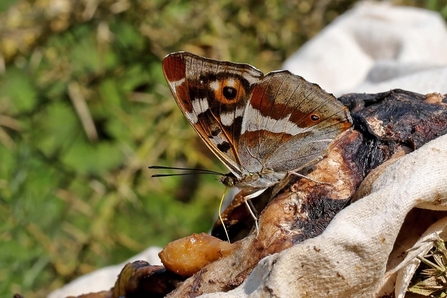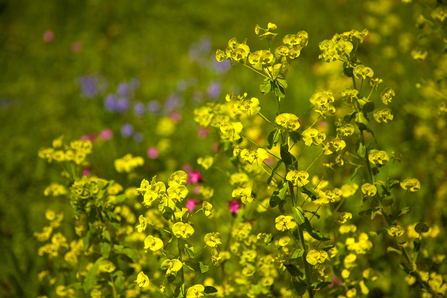Located just six miles from busy Basingstoke lies a very special ancient woodland. With a unique mix of soil type and 300-year-old oak trees, Pamber Forest Nature Reserve contains an astonishing array of flora and fauna.
Pamber Forest Nature Reserve has a rich history. As a part of the Forest of Windsor, it was a playground for the royals’ favourite pastime of deerstalking. Traditional management practices, such as coppicing, have also heavily influenced the landscape of this ancient woodland.
Coppicing is a traditional form of woodland management, which was originally conceived to create a variety of small woodland products. These were typically used for hurdle making (moveable wooden fence panels used to section off areas for grazing animals) and thatching spas (for thatching roofs).
Pamber Forest was particularly known for producing high quality materials. The raw product was sent up to the potteries in Stoke via canals, where it was made into crates, which were then used to safely export pottery around the world.
With the onset of the industrial revolution, the need for these materials decreased and so coppicing also declined - the last commercial coppicing took place at Pamber in 1963. This led to a huge loss of wildlife, as many species had adapted to thrive in this form of woodland management. Notably several woodland butterfly species, which prefer open space, declined in numbers.
In 1991, Graham Dennis became reserves officer for Pamber and instigated a coppice restoration project, as the Purple emperor Forest had become very shady. The initial work involved felling a lot of the oak trees to create the open canopy. This work was done in conjunction with Englefield Estate, who own the Forest.



